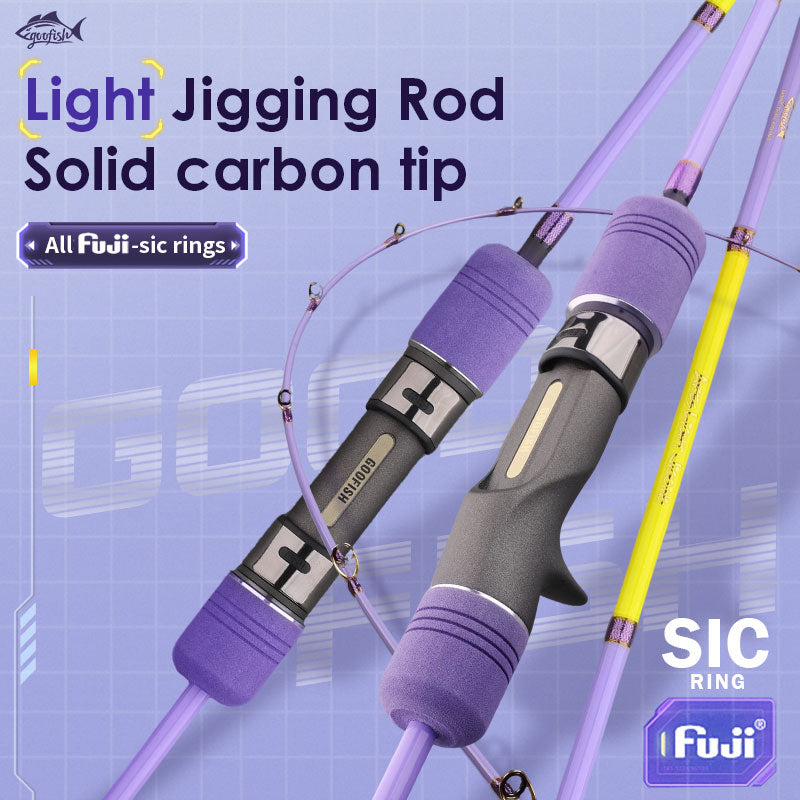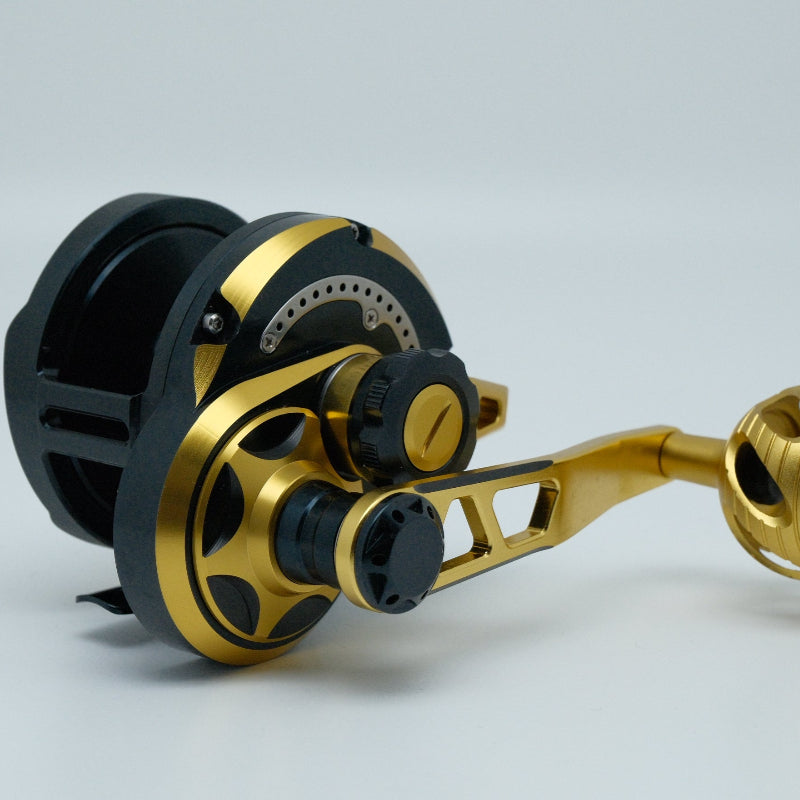Saltwater Jigging No Bites? Change Tempo, Not Lure
Hey fellow saltwater anglers! 🎣 Ever spent a whole day dropping jigs in the ocean, only to have your line sit there like a lazy rope? You’re not alone. For years, I thought “no bites = wrong lure”, so I dropped cash on shiny new crankbaits, swimbaits, and soft plastics—only to repeat the same frustrating cycle. Then, a grizzled old captain slapped my reel and said, “Kid, change your tempo, not your lure.”Let me tell you how that one tip flipped my jigging game (and why you should try it too).
Why “Lure Swapping” Fails in Saltwater Jigging
Here’s the harsh truth: Most saltwater species (think cod, grouper, amberjack, even tuna) aren’t thatpicky about lure design—they’re hunting by movement, vibration, and speed. I learned this the hard way off Cape Cod: My trusty goofish fishing rod had a new “game - changing” lure, but fish ignored it. A buddy with a beat - up rod nailing bitesused the same lurebut a slower, more deliberate retrieve. That day, I realized tempo is king.
Scientifically, fish use lateral lines to detect motion. A lure zipping by might spook them; a rhythmic pulse mimics injured prey. According to Dr. Julian Pepperell (author of Tropical Reef Fishes), “Predatory fish in open water prioritize movement patterns over color or shape 80% of the time.”So if you’re reeling in a blur or jerking erratically, you’re sending “danger!”signals—no wonder they’re not biting.
Mastering Tempo: The Science of Slow Pitch Jigging
Let’s break down slow pitch jigging—the game - changer for stubborn bites. This technique isn’t just “reeling slow”; it’s about controlled pauses, cadence changes, and matching water conditions.
-
•
Water Temperature: Cold water? Fish are lethargic—slow, steady retrieves with long pauses (3–5 seconds between jerks). Warm water? Slightly faster, shorter pauses (1–2 seconds). Offshore in 60°F water last winter, I switched from a 2 - second pause to 4 seconds and caught triple the fish on the same reels for slow pitch jigging.
-
•
Depth & Current: Deep water (200ft+) needs slower tempo—line drag slows the lure, so you need to compensate with intentional jerks. In heavy current, add a “bounce”by letting the jig hover, then snap it upward.
-
•
Species - Specific Rhythms: Amberjack love aggressive pops (fast jerks + short pauses), while cod respond to gentle lifts (slow lifts + long pauses). Test 3–4 tempos per trip—keep a log!
Gear Up: The Right Tools for Tempo Mastery
You don’t need a $500 setup, but quality gear amplifies tempo control. Let’s talk must - haves:
-
•
Reels: A dedicated reel for slow pitch jigging (like the Daiwa Saltiga or Shimano Triton 100G) has a tight drag, smooth retrieve, and gear ratio (5:1 to 6:1 works best). Smaller spools prevent backlash, so you can nail those precise pauses.
-
•
Rods: Skip ultra - light freshwater rods. Grab a spincasting rod designed for saltwater jigging—look for medium - heavy power, fast action, and a sensitive tip (like the St. Croix Mojo Inshore). The tip loads energy for crisp jerks, then snaps back for natural pauses.
-
•
Line & Leader: Braid (300lb test) with a fluorocarbon leader (80lb+) prevents chafe in rocks/coral. Lighter line? Forget it—strong currents and big fish need backbone.
Real Talk: When I Nearly Gave Up (And How Tempo Saved Me)
Last summer, I fished Chesapeake Bay for rockfish. Day 1: 0 bites, 5 lures lost. Day 2: Same lures, same reel, same rod—but I timed my jerks to match the tide (slower on incoming, faster on outgoing). By noon, I had a 20lb striper on deck. Same gear, different tempo. That’s when I ditched “lure obsession”for “rhythm science.”
Pro Tips & Authoritative Backing
Anglers like Mike Robinson (pro staffer for Shimano) swear by tempo drills: “Practice jerking your lure 10 times with a metronome—60 BPM for cod, 90 BPM for tuna. Consistency is key.”Also, check local tackle shops—guides often share “secret tempos”for their waters (shoutout to Capt. Sarah’s guides in Maine!).
Your Turn: Test the Tempo Theory
Grab your slow pitch jigging reel, your favorite jigging rod, and hit the water. Try this: For 10 casts, use a slow, steady tempo. Next 10, add a 2 - second pause after each jerk. Note the difference in bites. I bet you’ll find fish prefer one rhythm over another—even with the same lure!











Leave a comment